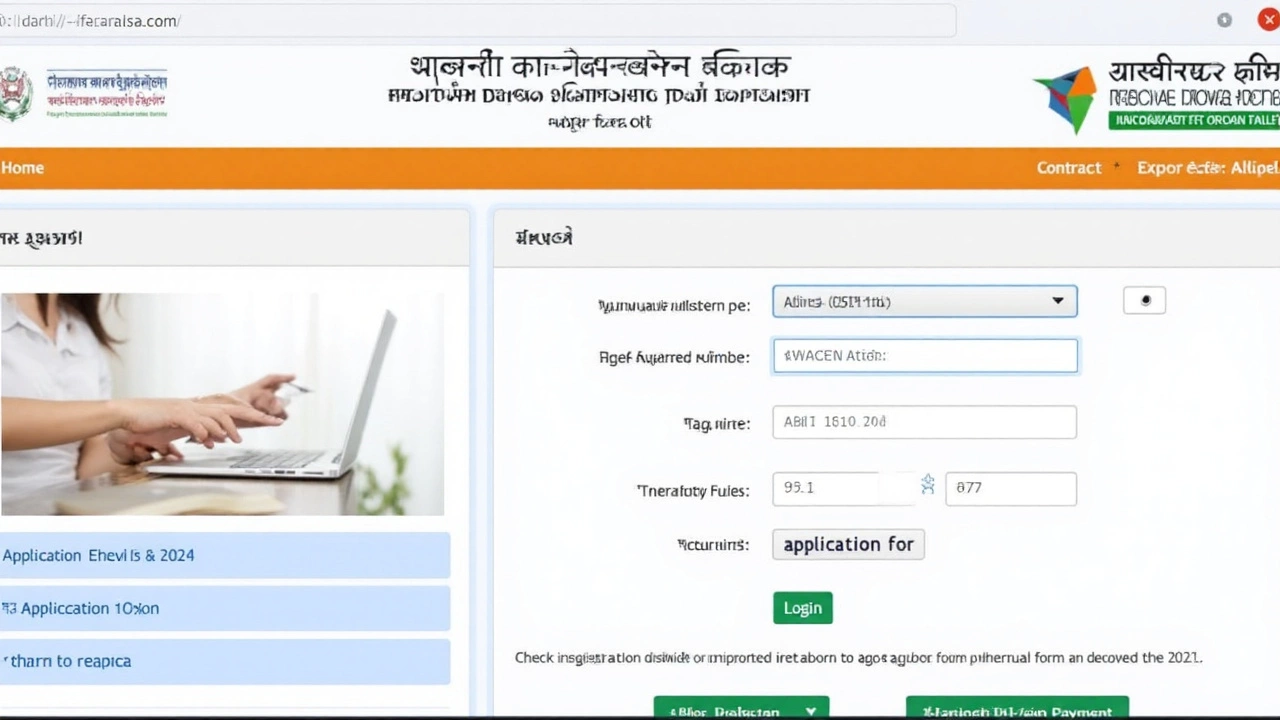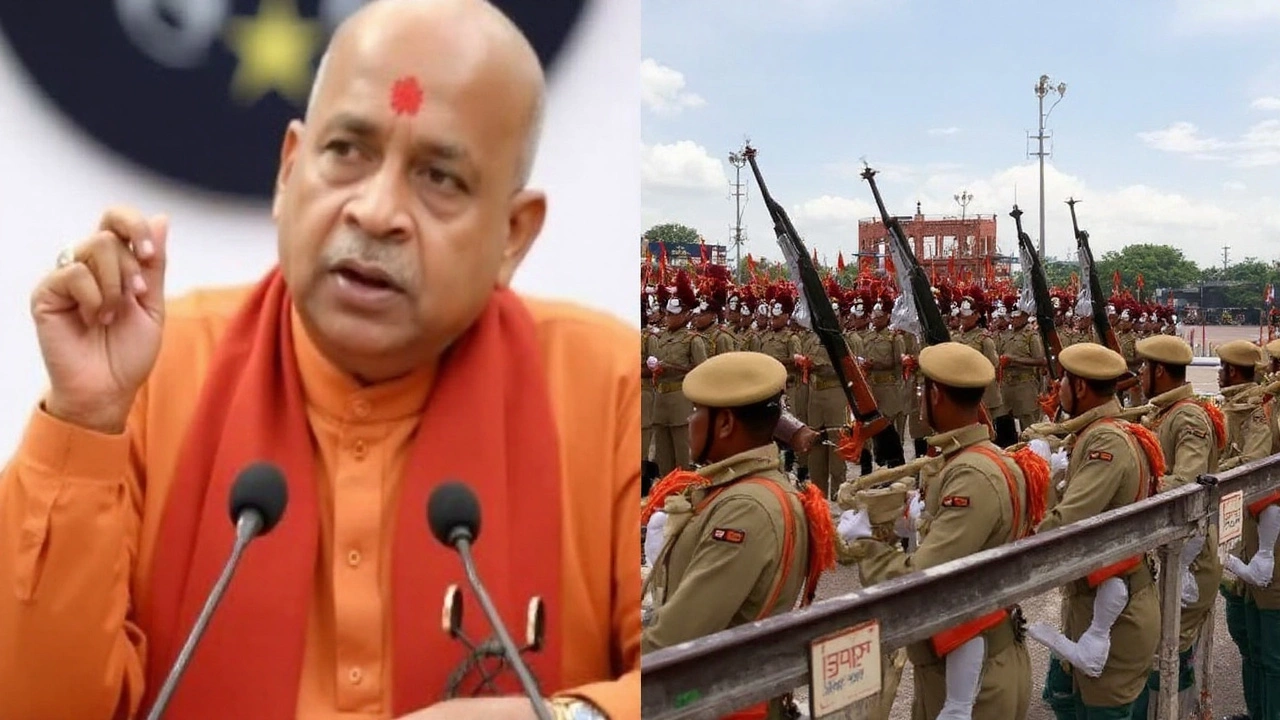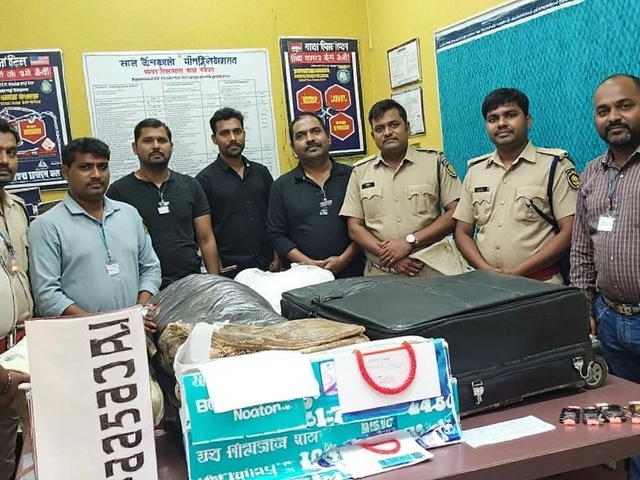UPPRPB names 1.74 lakh qualifiers after a turbulent year for a massive police hiring drive
A test that drew close to 48 lakh applicants finally has a first list. The Uttar Pradesh Police Recruitment and Promotion Board (UPPRPB) declared the UP Police Constable Result 2024 on November 21, clearing 1,74,316 candidates in the written round for 60,244 constable vacancies. It’s one of the biggest state-level police recruitments this year and a critical intake for a force that has been running a large hiring pipeline.
The numbers tell their own story. The exam ran in two phases in August 2024, with 28.91 lakh candidates in the first phase and 19.26 lakh in the second. Only about 3.6% of all test-takers have advanced to the next stage, which leaves a competitive funnel ahead: roughly three candidates for every available post when you compare the qualified pool with total vacancies.
The path to this result was bumpy. The original February 2024 exam had to be scrapped after reports of a question paper leak. On February 24, the state government cancelled the test to protect the integrity of the intake—an unusual but decisive reset for a recruitment of this size.
The push then came from the top. In October, Chief Minister Yogi Adityanath publicly told officials to prepare to release the constable exam results by month-end and to accelerate hiring while keeping the process clean. The board kept that rhythm, finished evaluating OMR sheets, and moved to publish the written results in November.

What changed after the leak—and what happens next
After the cancellation, officials tightened controls around the rescheduled test: closer oversight of paper movement, more surveillance at centers, and stricter checks at entry points. The aim was straightforward—eliminate any scope for malpractice and restore trust in a process watched by lakhs of young applicants.
With the written result out, the selection now shifts to physical and document-based checks. UPPRPB will call the qualified candidates for Document Verification (DV), Physical Efficiency Test (PET), Physical Standard Test (PST), and a medical examination. The board will announce schedules and issue admit cards for each stage. Candidates should keep an eye on official updates and ensure their contact details remain active.
Expect the DV to be exacting. Personal details, educational records, domicile, and reservation claims are typically verified line by line. Any mismatch can slow things down or lead to rejection. Merit is calculated from the written test, but eligibility lives and dies on documents being correct and current.
PST and PET separate preparation from hope. The PST checks height, chest (for men), and other physical standards as notified by UPPRPB. The PET tests stamina over a timed run; in earlier recruitment cycles, the benchmark has commonly involved a long-distance run with different timings for men and women, though the board will confirm exact norms in the upcoming notification. Candidates should train accordingly and avoid last-minute overexertion that risks injury.
How competitive is the next phase? With 1,74,316 in the race for 60,244 posts, the seat-to-candidate ratio in subsequent stages sits near 1:3. That means fitness, paperwork, and consistency matter as much as a decent score. A slip in any one stage—missing certificates, medical flags, or a failed PET—can end an otherwise strong run.
Board officials have said they will maintain transparency and pace. This recruitment has been under tighter scrutiny since the February leak, and the government has repeatedly said it will not compromise on fairness. The November result is a milestone, but the real test of credibility is the conduct of the physicals, the medicals, and the final merit preparation without delays or disputes.
Here’s what candidates should keep ready for DV to avoid last-minute panic:
- Original and photocopies of educational certificates (Class 10/12 mark sheets and certificates)
- Photo ID (Aadhaar, voter ID) and recent passport-size photographs
- Domicile certificate issued by the competent authority
- Category/Reservation certificates (OBC, SC, ST, EWS) in the prescribed format, if applicable
- NCC, ex-servicemen, or sports quota documents, if claimed
- Character certificate from a recognized authority, if required by the board
Two more tips that save time later. First, re-check your name, father’s/mother’s name, date of birth, and category entries as they appear in the result and your application. If anything looks off, gather proof you can present during DV. Second, keep your original mobile number and email active; admit cards and stage-wise instructions often come with short notice.
For those who didn’t make the written list, the margin was always going to be narrow in a field this crowded. The board typically normalizes scores across shifts to account for difficulty variations, and small differences add up. If you plan to try again in future cycles, save your preparation notes, track changes in the syllabus or pattern, and build a steady fitness routine now so you’re not cramming for PET later.
For the state, this intake is about more than numbers. Filling 60,244 posts strengthens frontline policing, quickens response times, and helps with beat-level duties where manpower is stretched. For candidates, it’s a shot at stable public service after months of uncertainty caused by the cancellation and rescheduling. November’s result shows the process is finally moving—and moving at speed.
What’s next from UPPRPB: a detailed schedule for DV and PET/PST, clear instructions on standards, and admit cards. Once these stages are done, medical tests and final merit preparation follow. If the board sustains the pace it showed this month, candidates can expect the next rounds to roll out without an extended wait.



